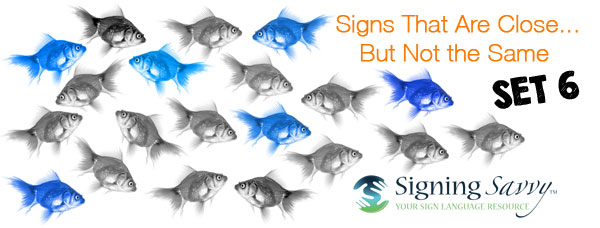
Signs That Are Close... But Not the Same - Set 6
This article is part of our “Signs That Are Close... But Not the Same” series, which highlights signs that look similar, but have different meanings.
The ASL signs shown below look similar, but are not the same. There are many ASL signs that when produced look similar, but in fact have a completely different meaning. Below you will find examples of such signs. Watch closely to see if you can see the differences. In addition, watch my eyebrows, look to see when I tilt my head or lean my body in a certain way, even what my mouth is doing. These nuances are called inflections and trust me, inflections matter.
1. Vacation vs. Day Off
VACATION and DAY OFF use the same handshape, palm orientation, location, and movement - both open 5-hands, with palms down, come in and tap near your armpits. The difference between these two signs is that VACATION taps twice and DAY OFF taps once. How can you remember the difference between the two? Think of DAY OFF tapping only once because it is a single day, while a VACATION is for multiple days (hopefully!).
 |
2. Concern vs. Excite
Two 25-hands are used for both CONCERN and EXCITE, but the movement is different. When signing CONCERN, the hands move towards and away from the body with the middle fingers of each hand alternately touching the chest. Think of this movement as having CONCERN between different things and weighing the options. EXCITE has your middle fingers alternately touching your chest as you move your hands in an upward, circular motion. Think of your heart beating rapidly with anticipation while signing EXCITE.
 |
3. Prefer vs. Taste
With both PREFER and TASTE, the 25-hand moves towards the face and your middle finger taps twice, but the location the finger touches is different. PREFER touches the chin, while TASTE touches the lips. You can remember to touch the lips when signing TASTE because food tastes good in your mouth and PREFER is signed close to, but lower than, where TASTE is signed because when you prefer something, you have a taste for it.
 |
4. Lonely vs. Real
The 1-hand is used near the mouth when signing both LONELY and REAL. When signing LONELY, the 1-hand makes a circular motion back toward the face. To remember the sign for LONELY, think of having no one to kiss. To sign REAL, the 1-hand makes a swift motion up and out from the mouth and the straightforward motion suggests truth or keeping it real.
 |
5. Odd vs. Look For
ODD and LOOK FOR both use the dominant C-hand starting on the dominate side of your face. When signing ODD, the hand arches across the face and down, while a circular motion is made twice when signing LOOK FOR. You can remember the difference between these two signs by thinking of the circular motion made while signing LOOK FOR as the motion made when using a looking glass and searching for something. The C-hand arches or flips down when signing ODD indicating something is different or odd.
 |
How can I figure out the difference between signs on my own?
If you see two signs that look close, but not the same, and you’re not sure, you may use Signing Savvy features to help you figure out the difference. All of our signs have sign descriptions and memory aids that members may access. Reading the sign description and memory aids for the signs will help you figure out the small differences between them that your eyes don’t catch at first. We also recommend using the pause and slow motion feature to slow down the video, so you may take a closer look. These features are available to Signing Savvy members.
Take a look, it's in a book!
These examples are aligned with the Visual Discrimination section of Lesson 9 (page 109) from Lessons and Activities in American Sign Language by Brenda E. Cartwright and Suellen J. Bahleda. Check out the book for more ASL Activities and watch for more examples from this series: “Signs That Are Close... But Not the Same.”
Resources
Signing Savvy is a participant in the Amazon Services LLC Associates Program, an affiliate advertising program designed to provide a means for sites to earn advertising fees by advertising and linking signingsavvy.com to Amazon properties. That means Signing Savvy may contain affiliate links. If you make a purchase after clicking on an affiliate link, your cost will be exactly the same regardless, but Signing Savvy will automatically receive a small commission. Your support is greatly appreciated and helps us continue to improve Signing Savvy!
ADVERTISEMENTS
 Brenda Cartwright is a Coda, seasoned interpreter, a master teacher, well known presenter, and author of several best selling sign language and interpreting textbooks from the RID Press. For 35 years Brenda was the Chair of the Sign Language Interpreter Program at Lansing Community College in Lansing, Michigan.
Brenda Cartwright is a Coda, seasoned interpreter, a master teacher, well known presenter, and author of several best selling sign language and interpreting textbooks from the RID Press. For 35 years Brenda was the Chair of the Sign Language Interpreter Program at Lansing Community College in Lansing, Michigan. Signs That Are Close... But Not the Same - Set 1
Signs That Are Close... But Not the Same - Set 1 Signs That Are Close... But Not the Same - Set 2
Signs That Are Close... But Not the Same - Set 2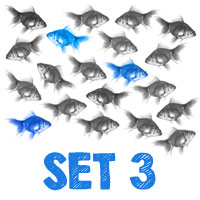 Signs That Are Close... But Not the Same - Set 3
Signs That Are Close... But Not the Same - Set 3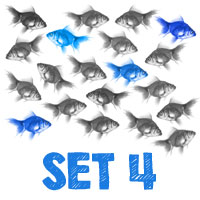 Signs That Are Close... But Not the Same - Set 4
Signs That Are Close... But Not the Same - Set 4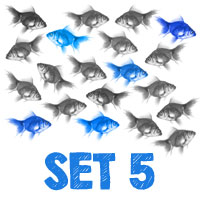 Signs That Are Close... But Not the Same - Set 5
Signs That Are Close... But Not the Same - Set 5

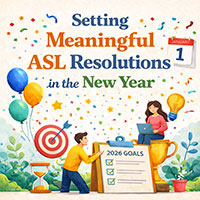





Savvy User JenTuesday, October 31, 2017
I'm often trying to explain to people how some signs have only one different parameter, and this page is a great example. I'll be looking for the previous sets!